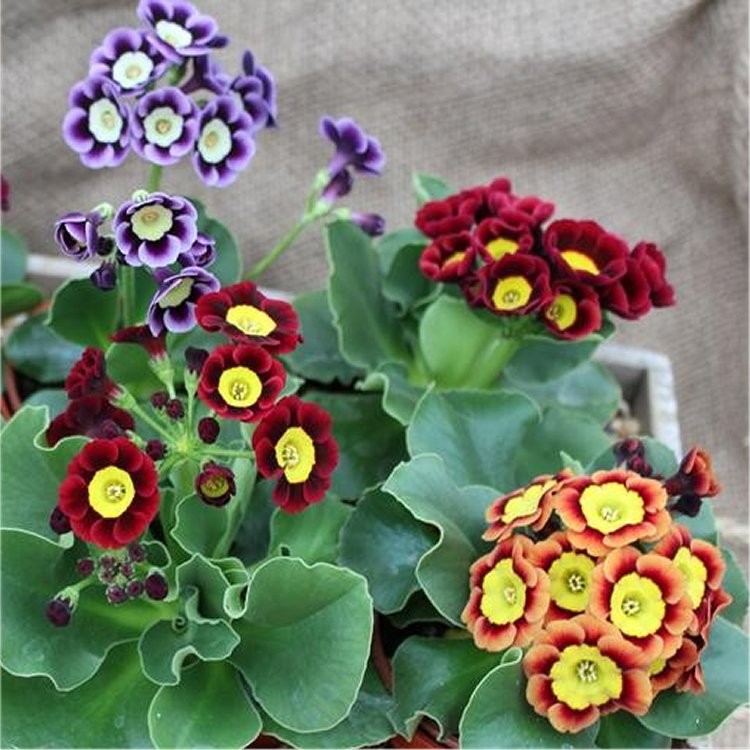
Show varieties are generally regarded as the aristocrats of auriculas and are virtually always grown under protection. The petals are bright jewel colours which shade lighter towards the outer edge.ģ. The centre of the flower is either gold or light (almost white) in colour. The flowers are always thrum-eyed, open flat, and are circular in outline, this also applies to the show varieties. They do not have any meal on their leaves or flowers. Alpine auriculas can also be grown out of doors but the perfection of their blooms is best produced in a cold frame or well-ventilated greenhouse. They make a good splash of spring colour but are not so finely developed as the other types.Ģ. They often have mealy leaves and flowers in a wide range of colours. Border auriculas are the types grown mainly in the garden. Classificationįour basic types of auricula are now grown.ġ. Other species have possibly been introduced during their development. This hybrid is also thought to have given rise to auriculas. In the wild Primula auricula grows with Primula rubra which is a non-mealy plant with rosy pink flowers and a white eye.Ī hybrid between these two species occurs naturally and has been developed into an attractive range of plants known as Primula x pubescens. The flowers have five yellow petals and a central white area,sometimes covered with meal (called 'paste' by auricula growers). The leaves are often covered with a whitish meal which gives them the, better known, common name 'dusty millers'.


Its leaves are comparatively thick and roundish in outline hence the common name 'bear's ears' and botanical name auricula. Primula auricula is a yellow flowered plant of the high alps. One of the hazards of showing auriculas is that visitors, seeing them for the first time, feel an irresistible urge to touch them. Over four centuries of breeding and selection have brought them to a state of perfection in form and colour in a number of distinctly different types. Auricula specialists Pamela and Derek Salt look at this enchanting group of plants that are becoming increasingly popular.Īuriculas have come a long way from the simple Primula auricula from which they take their name.


 0 kommentar(er)
0 kommentar(er)
